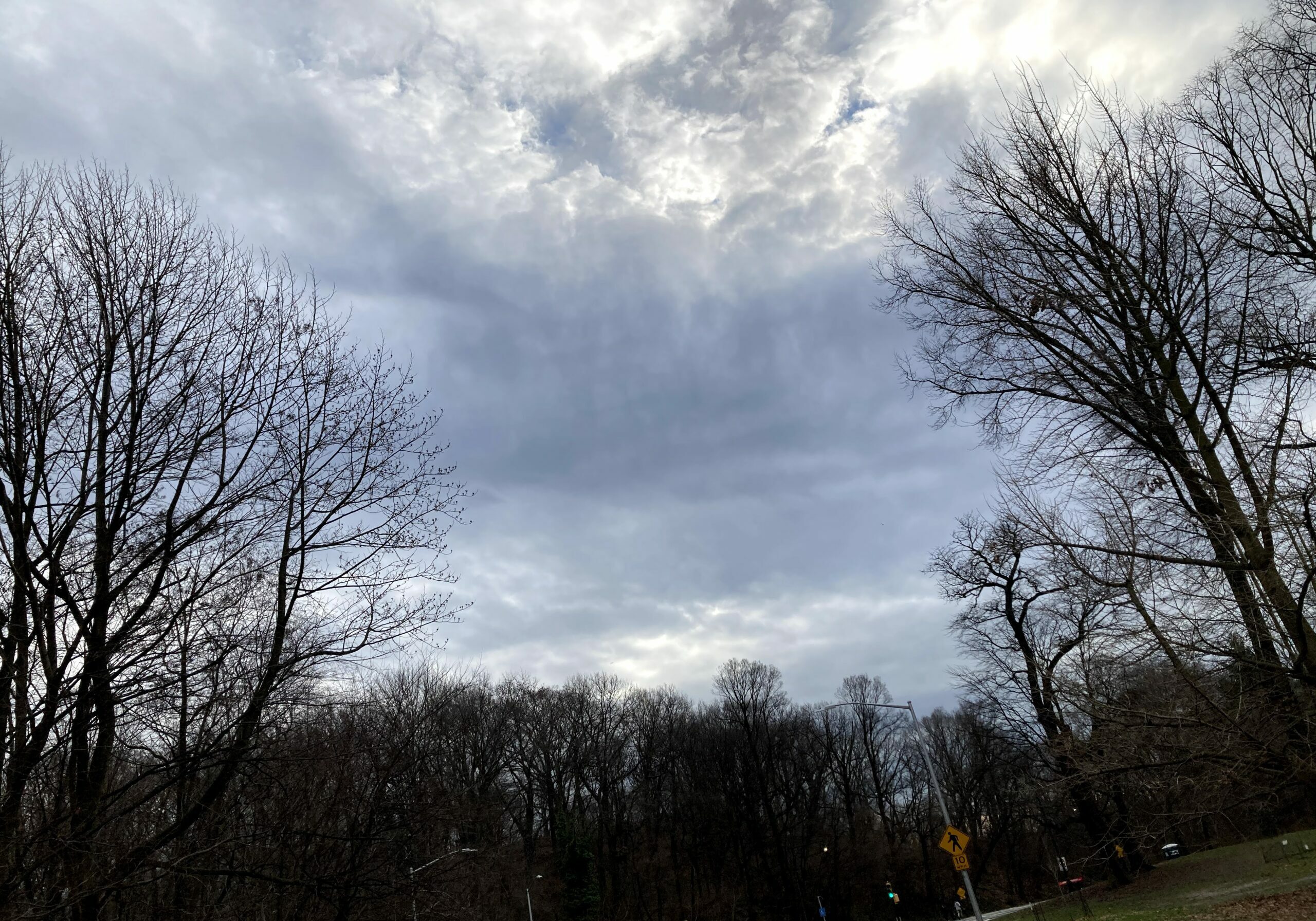June 4, 2024
Keep things within our perceptual field to reinforce their significance

That which is longer directly perceived, ceases to exist.
Not literally, of course. But the way the human brain works is, it quickly forgets things that are no longer visible or present. If we can’t see it, it’s not there.
Psychologists would call this a lack of object permanence. And the principle primarily applies to infants playing peekaboo, although interesting to consider its adult implications.
Because oftentimes, a big reason people struggle to focus their attention on things is not because they’re stupid, forgetful and lazy. But because things are not directly visible in their immediate environment. Even if they know intuitively that those things exist, they still may not consider the significance of those things if they’re not within their perceptual field.
Out of sight, out of mind.
How do you help yourself and other maintain object permanence? Are you keeping things present and visible day to day to counter rising environmental noise?
This is why the productivity consultants tell all their disorganized clients to use bins and containers that are clear or have windows. This storage option design makes it easy to see what’s inside, so their items are never out of their sight.
Sounds like a simple change, but it really helps. By making objects more visible, the speed of execution stays high. By optimizing your surroundings for visibility and accessibility, the anxiety of forgetting stays low. Since so much of what we do during the day is not instinctive, we have to keep things within our perceptual field to reinforce their significance.
I started adopting this principle in my creative workflow, and it’s had profound implications on my output. Particularly with songwriting. When I was younger and less organized, I would compose music purely from a trees, rather than a forest mentality.
Many of my songs were written in a silo, without considering the larger context of the album of which they were a part. I wasn’t asking myself if my latest tune fit a certain vision. I would often record albums that were just like, here, these are the twelve songs I wrote during this time period. Enjoy.
Now, that isn’t necessarily an ineffective or unimaginative way to make music. Sometimes this approach to shipping work is exactly what the creative soul requires. After all, why try to force or fake a narrative that isn’t really there?
On the other hand, there’s a uniquely satisfying feeling you get from writing groups of songs that fit different themes, and sustaining a stylistic throughline for each. Connecting the dots in this way makes your creative work less random and more of a representation of your feelings and ideas.
And in my experience, the key to executing like this is retaining object permanence. Keeping your brain from forgetting the songs which might no longer be visible or present.
By retaining object permanence and organizing work thematically, you can better reflect on your own creative growth and evolution over time.
Remember, so much of what we do during the day is not instinctive, so we have to keep things within our perceptual field to reinforce their significance.
What tool will keep your brain from forgetting things that are no longer visible or present?

